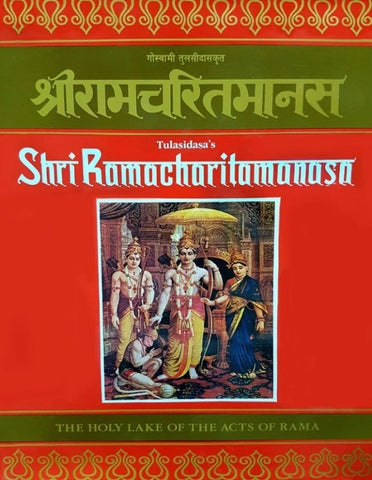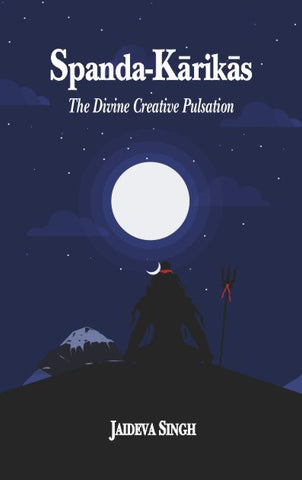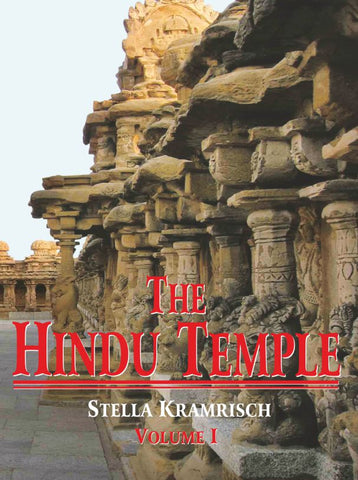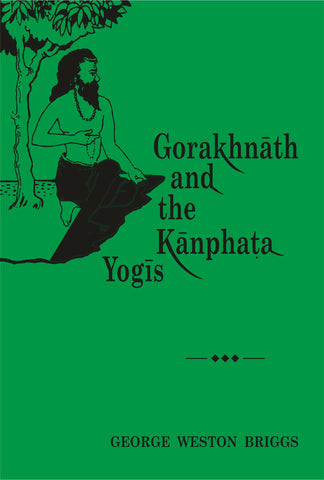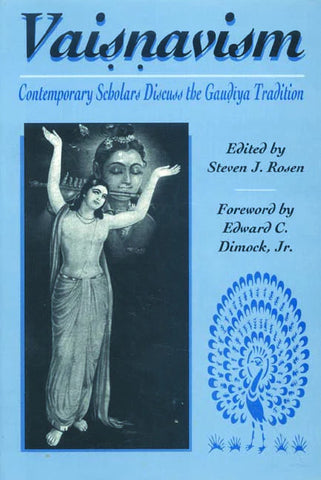Your cart is empty now.
The term Dharma Shastra is generally applicable to both the Dharmashutras and the smritis. The word series is used in two senses. In a wider sense, it includes the whole ancient literature other than the Veda. But in the restricted sense smriti and Dharma Shastra are synonyms. Gautam and Vasishtha speak of smriti as one of the sources of Dharma. The series came into existence to satisfy the demand of the society for new provisions in matters of Dharma, religious and secular behavior.
The Dharma Shastras of the Hindus, are not one single book but consist of the Samhitas or Institutes of holy sages numbering twenty according to the list given by Yajnavalkya, These are namely, Manu, Atri, Vishnu, Harita, Yagnavalkya, Ushana, Angira, Yama, Apastamba, Samvarta, Katyayana, Brihaspati, Parisara, Vyasa, Sankha, Likhita, Daksha, Gautam, Satatapa and Vasistha samhitas respectively.
This collective addition will give the readers the complete text of all the twenty smrities, fully edited. The English translation is a literal one as far as it could be attempted, keeping an eye to eye on its accuracy and literary excellence.
Prof. Pushpendra Kumar, Retired as Head of the Department of Sanskrit, Delhi University, Delhi, in 2001.
First class first and Gold Medalist in M.A. (Sanskrit), Delhi University, Delhi, 1958.
Ph. D. on Shakti Cult in the Puranas (Published) 1967 from Delhi University.
Common-wealth Scholar and Postdoctoral fellow, London University London 1970-72, worked on Tara Cult
Visited many European Countries viz. France, Italy, West Germany, Austria, Holland, Switzerland, and Nepal For higher studies and lectures.
Principal, Shri Lal Bahadur Shastri Kendriya Sanskrit Vidyapeetha, Delhi, 1972-74.
Fellow of the Royal Asiatic Society of Great Britain and Ireland since 1971. Author of 35 books and 60 articles.
General editor: on various topics of the Purana-Vidya Series, Chief Investigator UGC; Major Research Project A Descriptive Catalogue of Sanskrit Inscriptions, published in seven vols.
Received the Delhi Sanskrit Akademi Award in 1997.
In the year 2000, he was honored by the Mahamahim President of India with the Certificate of Honor for scholarship in Sanskrit and excellence. In the year 1999, he was Honored by the Sampurananada Sanskrit University, Varanasi for his excellence in Sanskrit and received many other awards. Specialization in the Puranas, Epigraphy, and Sanskrit Kavyashastras.
The Smrties or Dharma Shastras are the code of conduct or constitution of Social duties. These texts directly deal with the Nature of Dharma. The term Dharma is to be derived from the root dir, which means to support the people with the Dharma. The Dharma is worth the name because of its ability to sustain and support people and society.
The connotation of this term changed from time to time. In the Rgvedic hymns sometimes it is used in the sense of supporting, uplifting, preserving or protecting, and so on. In some other places, it denotes moral law and customs. Sometimes it also stands for moral rule or order. and elsewhere it is also used in the sense of different varna's moral order or ordinance. In Vājasneyi Samhita, it represents a definite code of conduct, principles, or rules of behavior. One of the Atharvavedic Mantras, stands for the merit acquired by performing religious activity. (AV. XI/9.17) Dharma Finally came to mean definite rights and duties, responsibility of people as also various conduct to be followed by various members of Indian society. Manu states ten excellent qualities are the characteristic features of Dharma.
In the early stages of the development, the smrities were regarded as less important than the Vedas, still in actual practice, they were regarded as supreme in their sphere. All these series are not of equal authority. Most of them are indeed obscure and rarely cited by ancient commentators. Exclusively of Dharmashastra, hardly a dozen smrities have found commentators. But very soon it was realized that later smrities were also equally, if not more, useful than the earlier ones. For the rules contained in them were often more in conformity with the spirit and practices of later times. An effort was therefore made to see to it that they were also given due scope. With this motif in view it was laid down that when smrities differed, the majority opinion should be followed on that opinion which may be acceptable and which was most reasonable. Commentators like Medhatithi were unwilling to lay down a final list of authoritative smritis, for they relished that new series could still be composed which would be authoritative smritis, for they realized that new series could still be composed which would be authoritative for a later age.






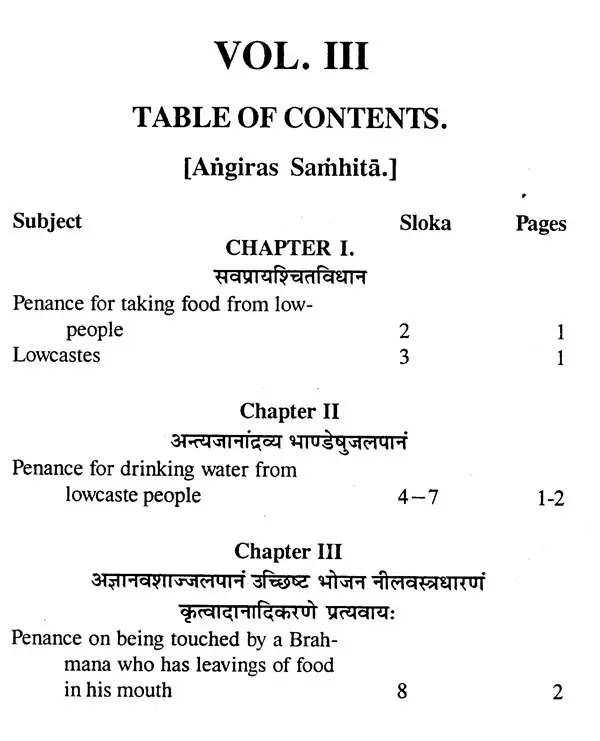
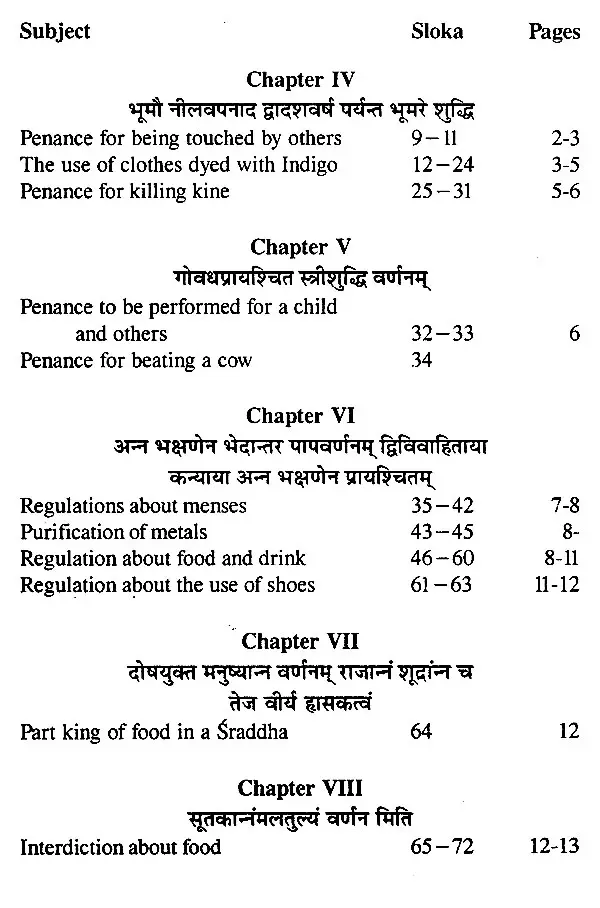
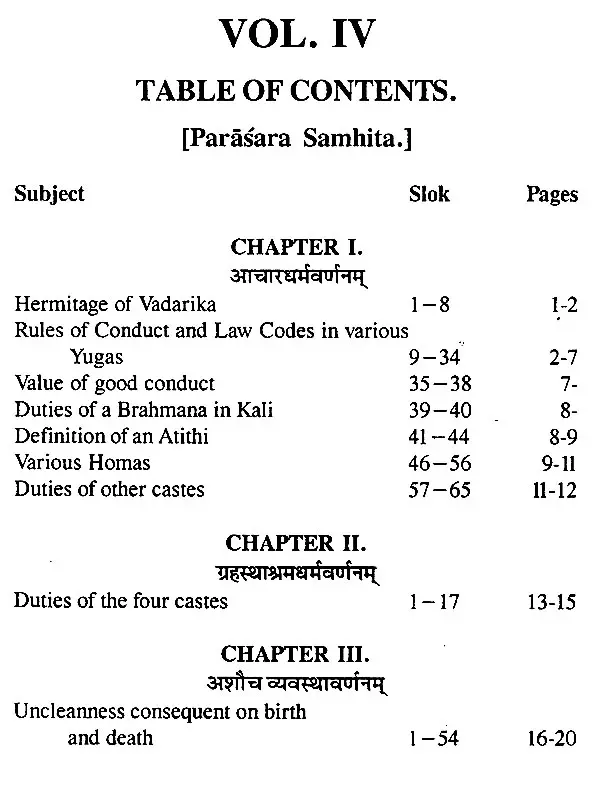

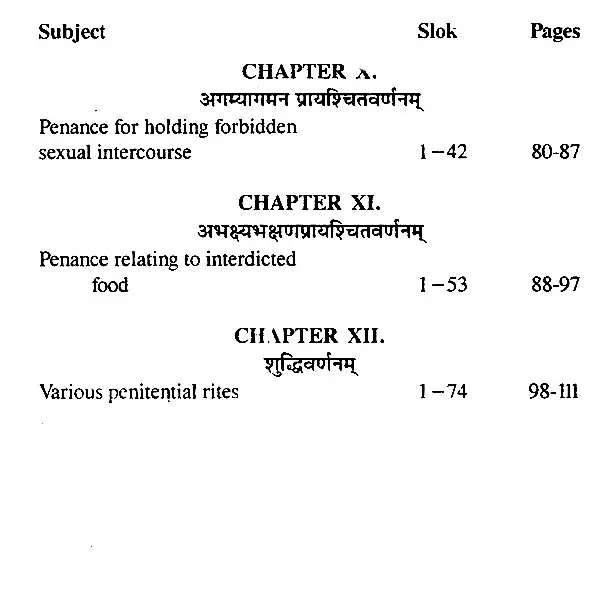
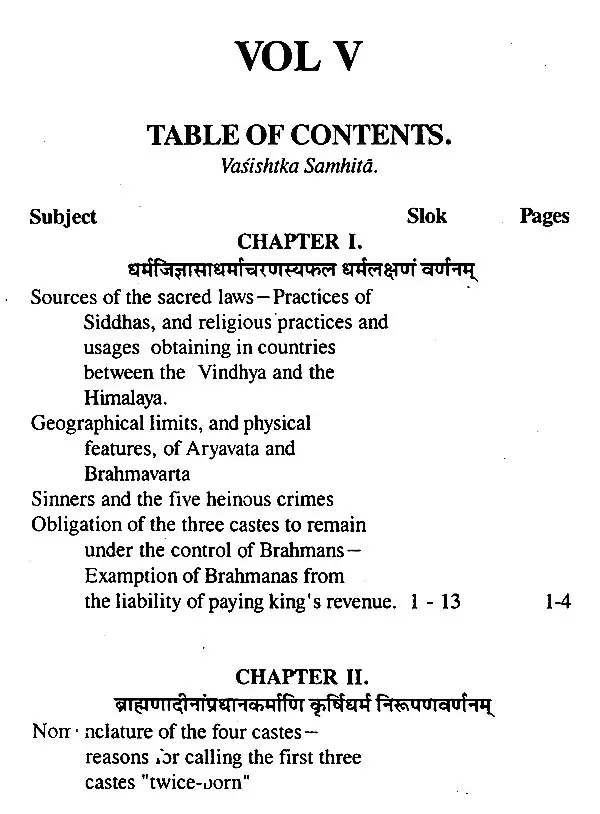
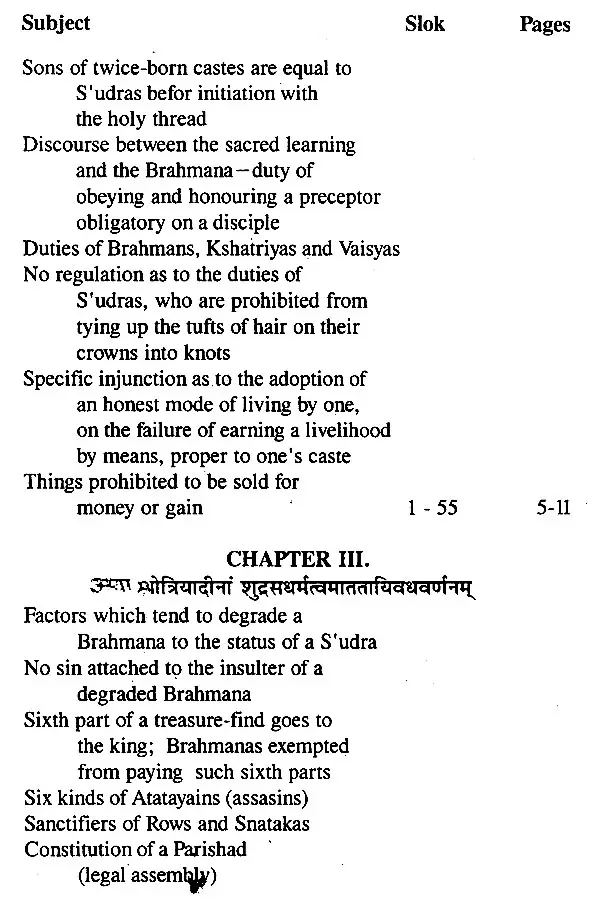
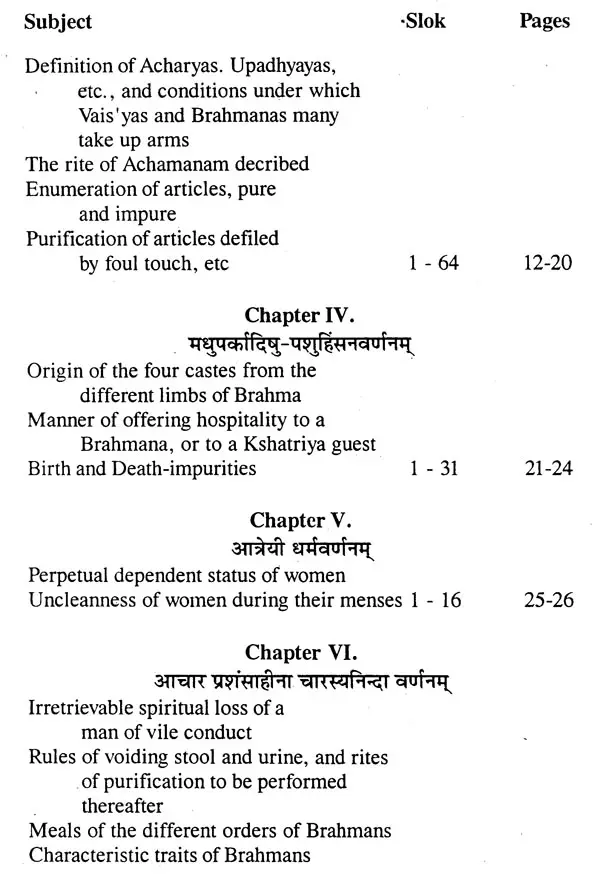
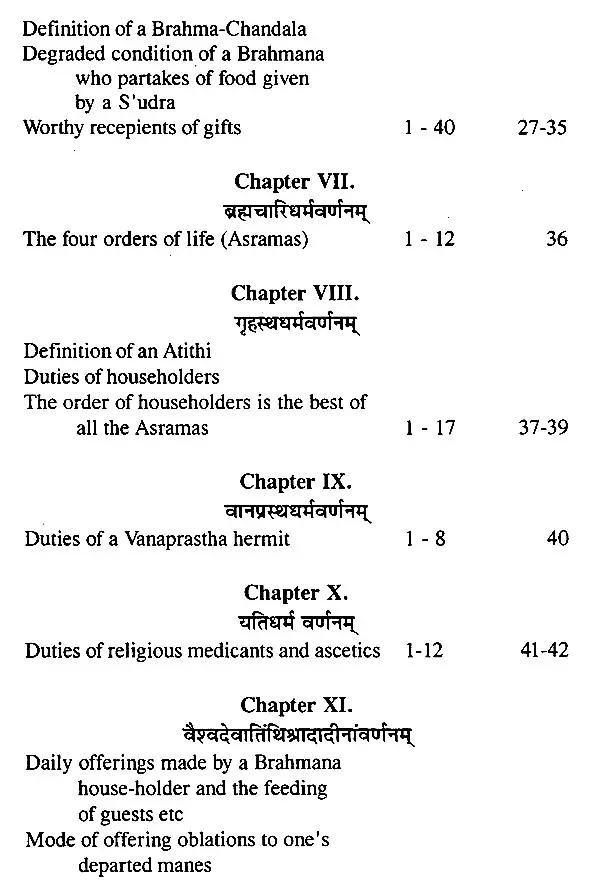


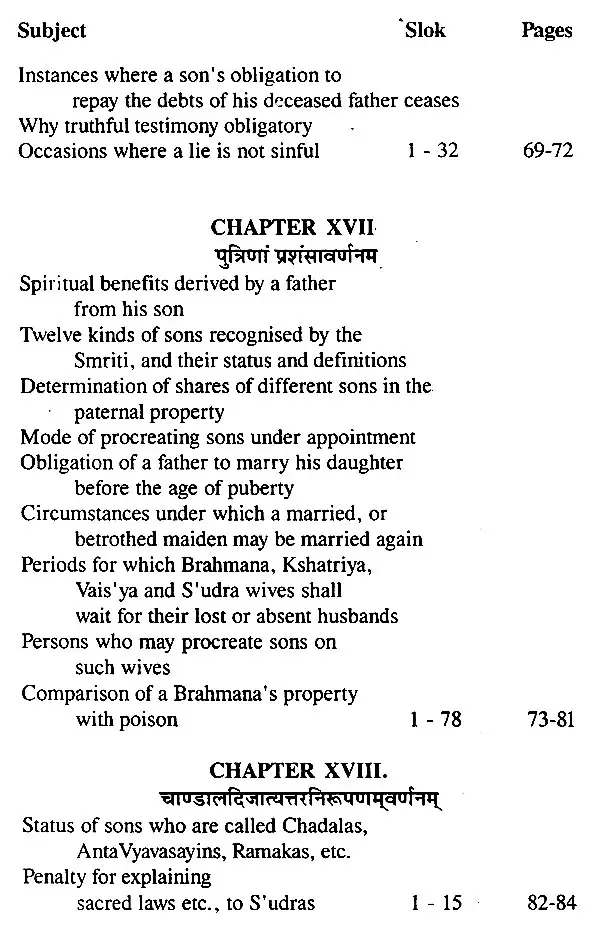
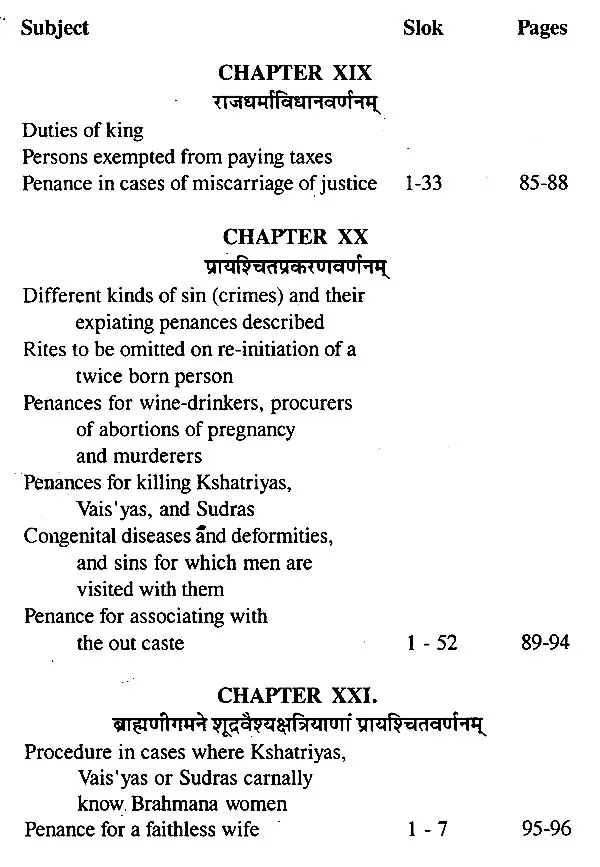
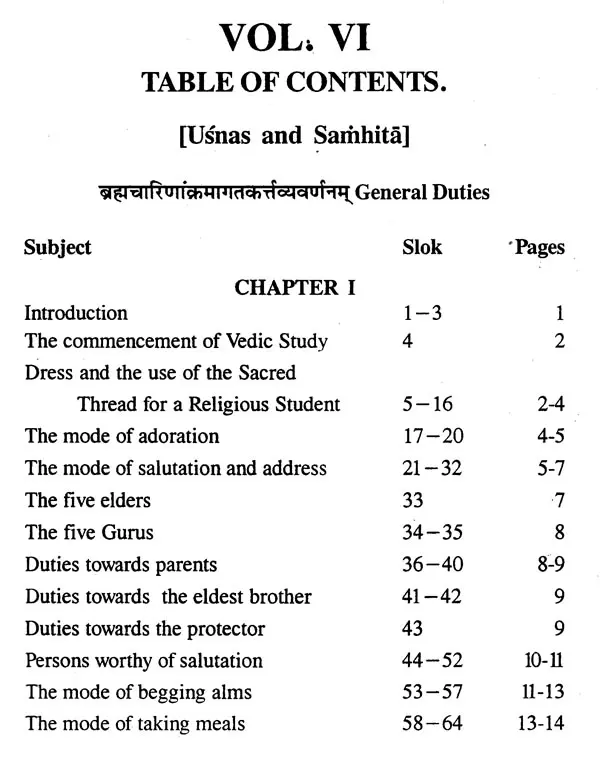


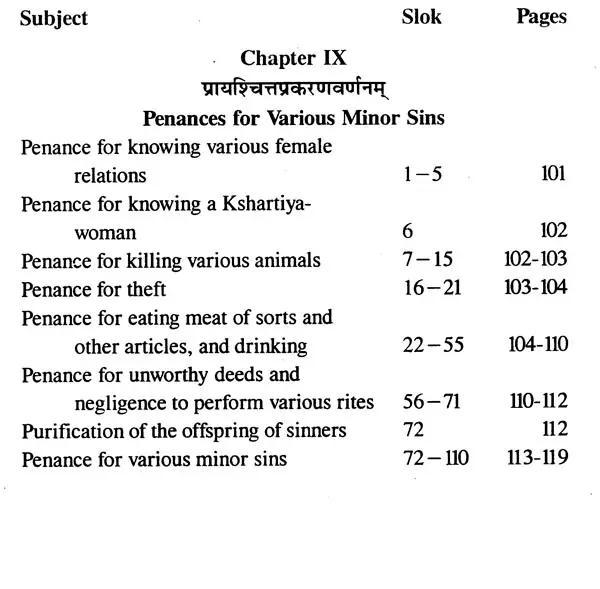

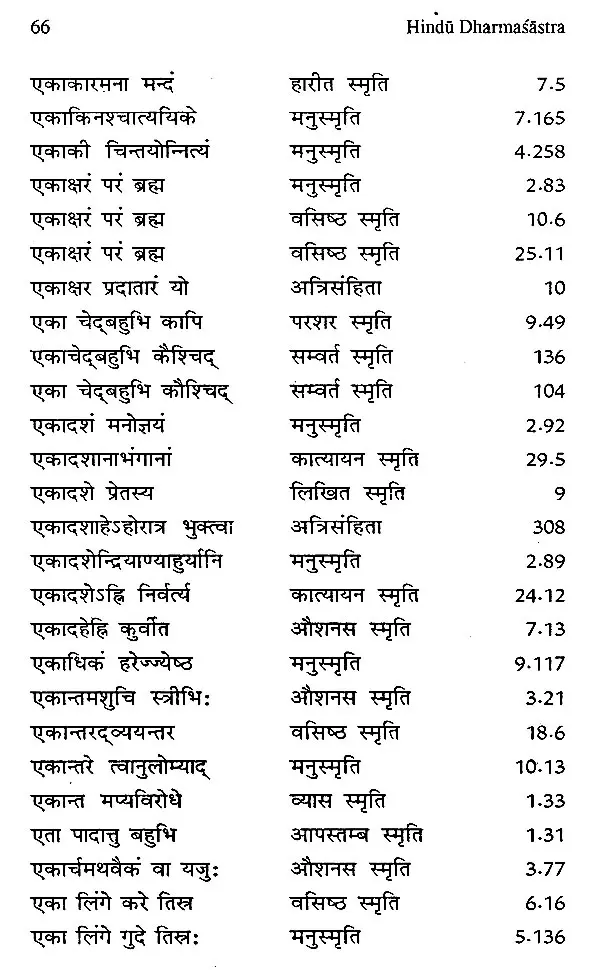

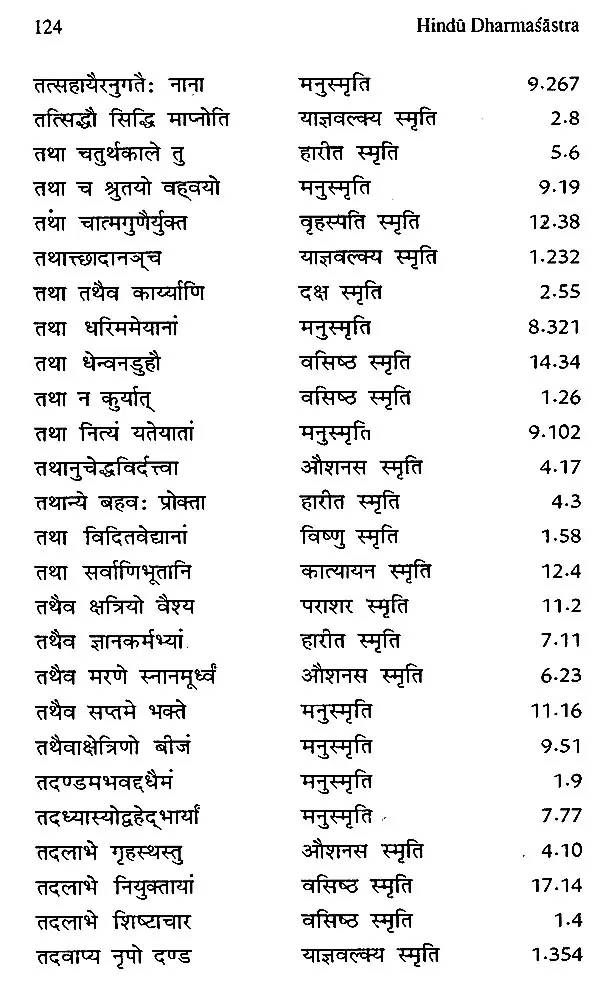
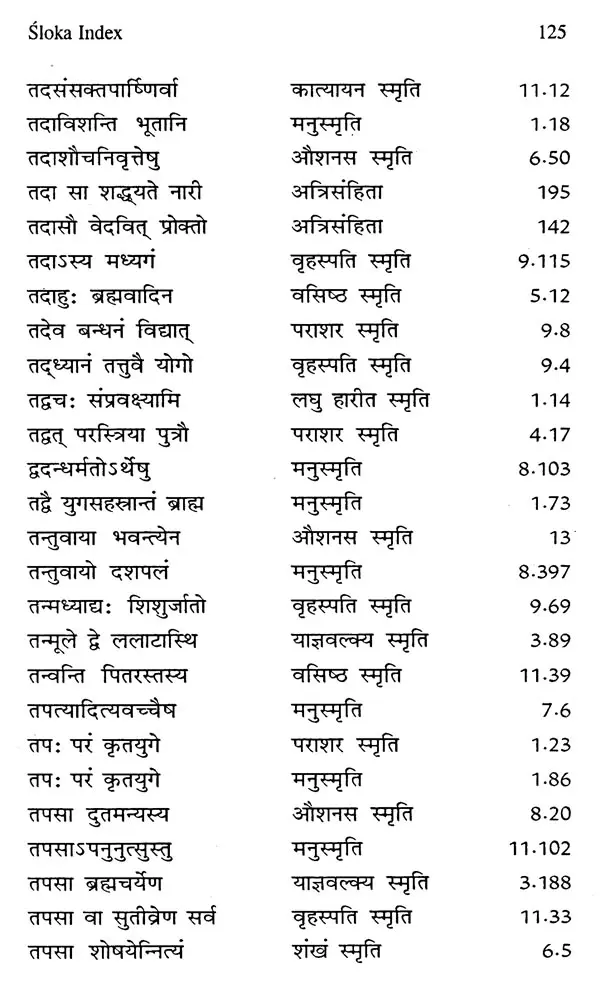



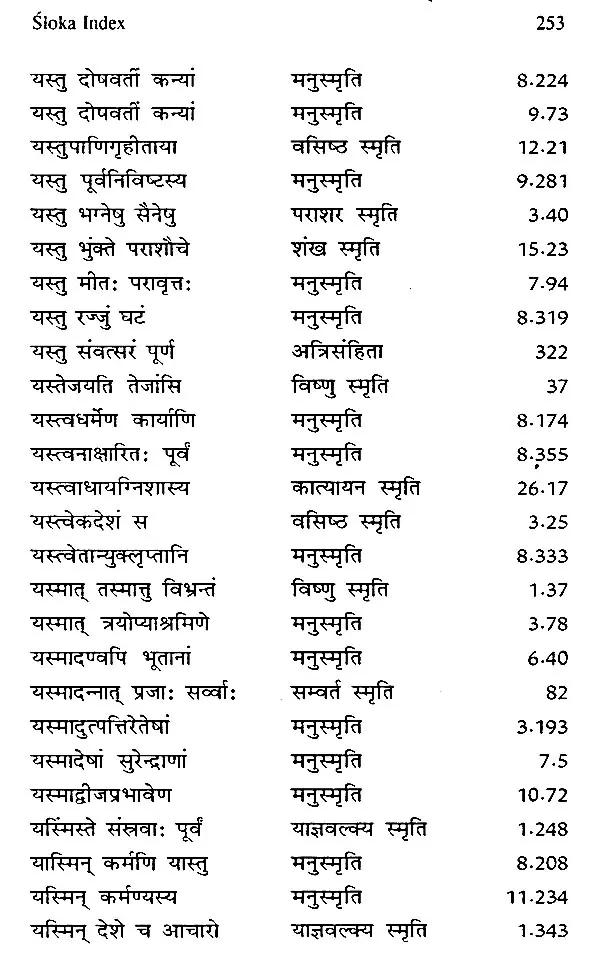

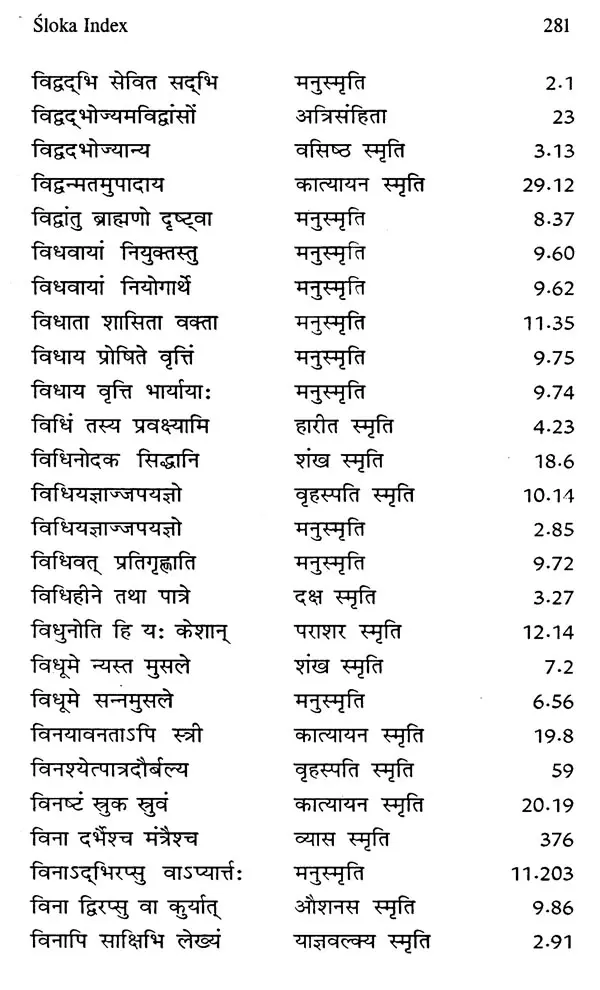



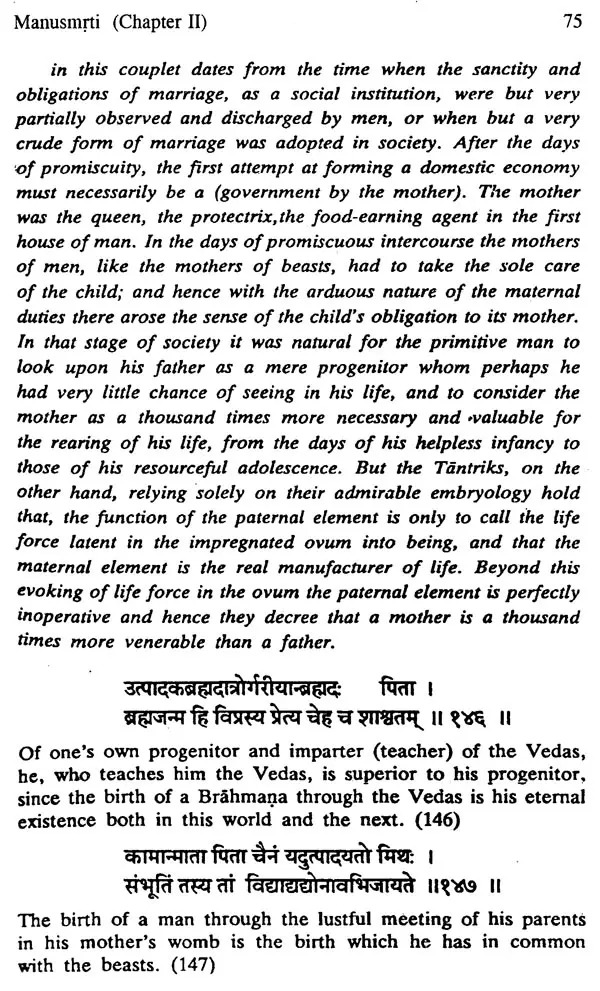

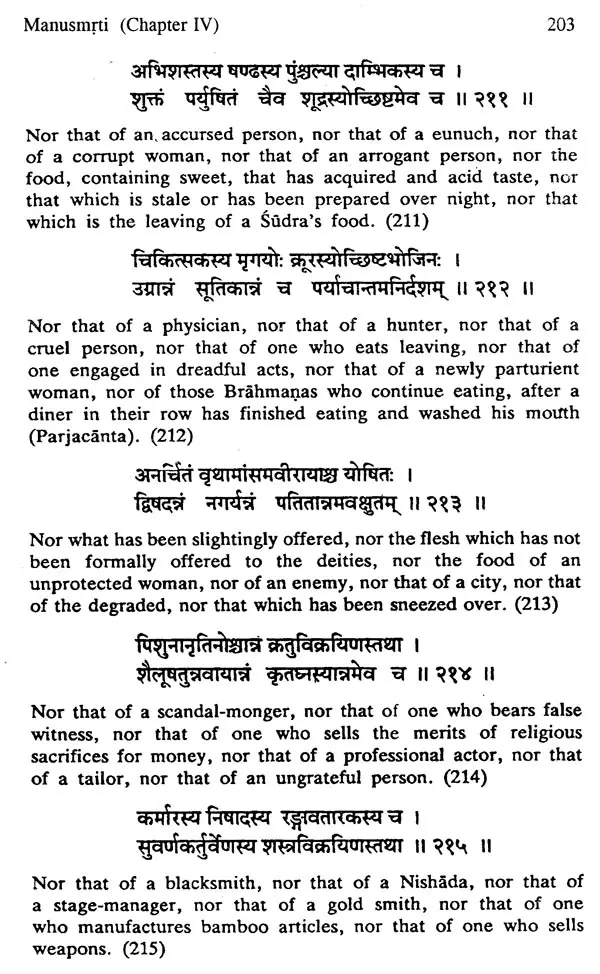
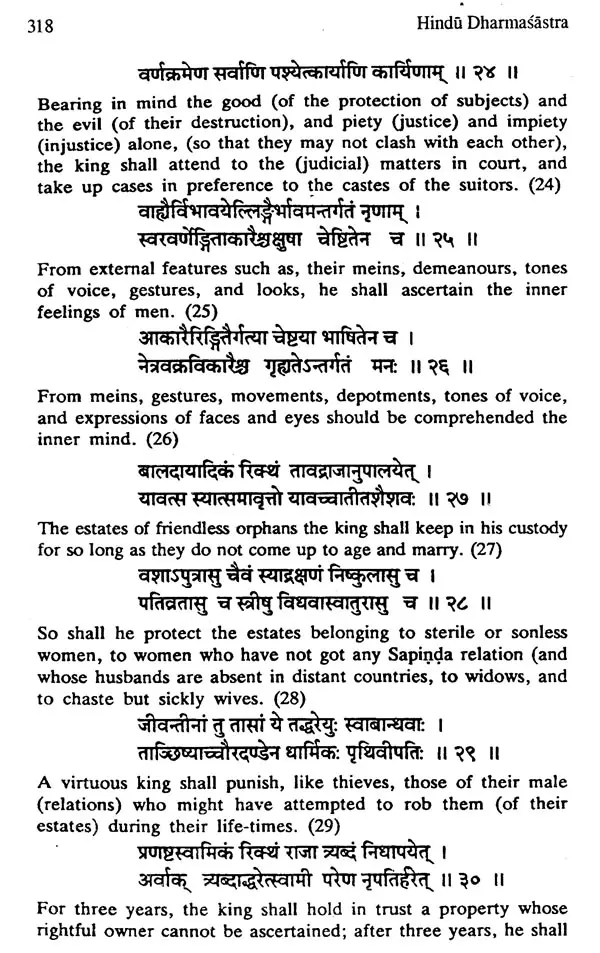
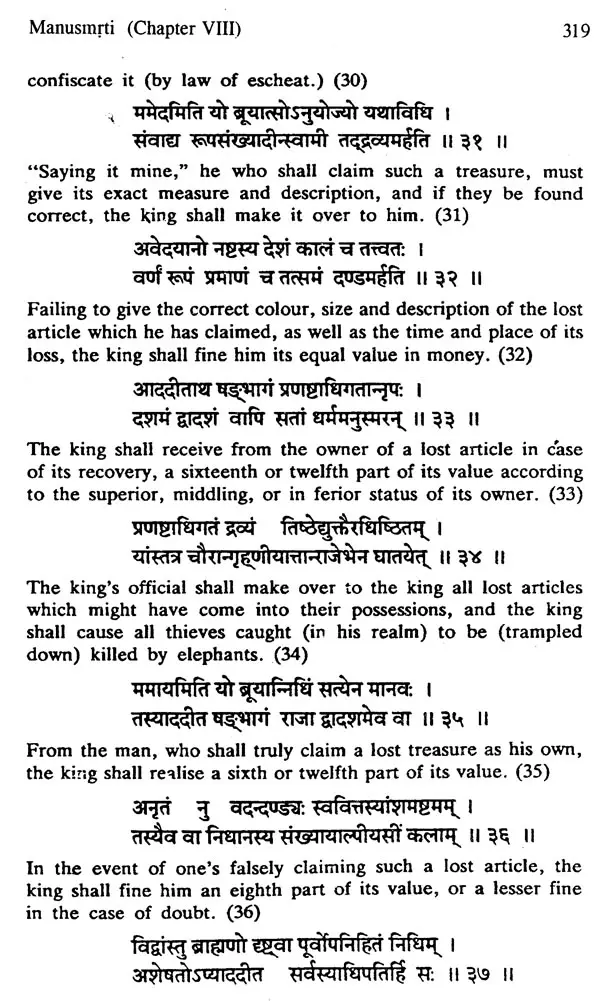


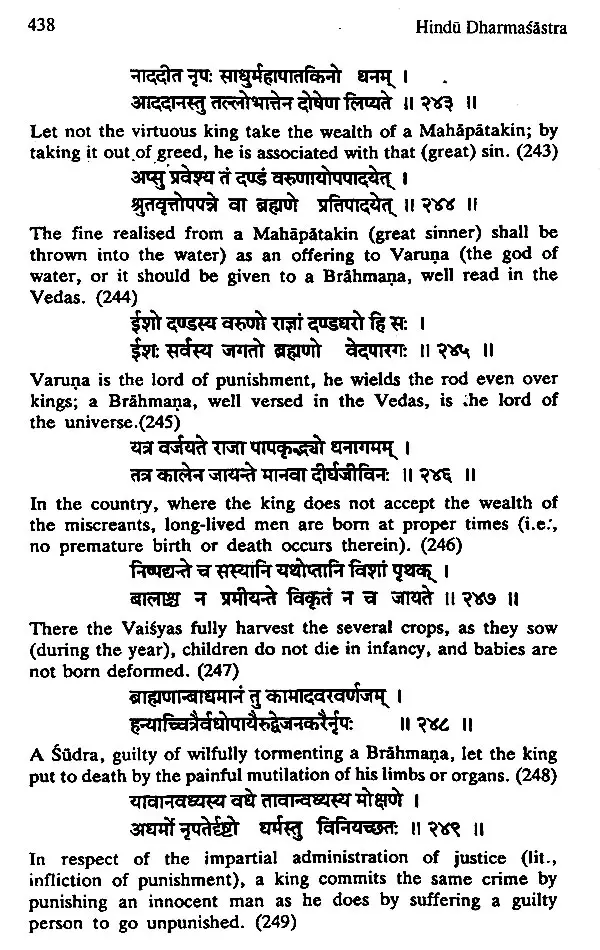


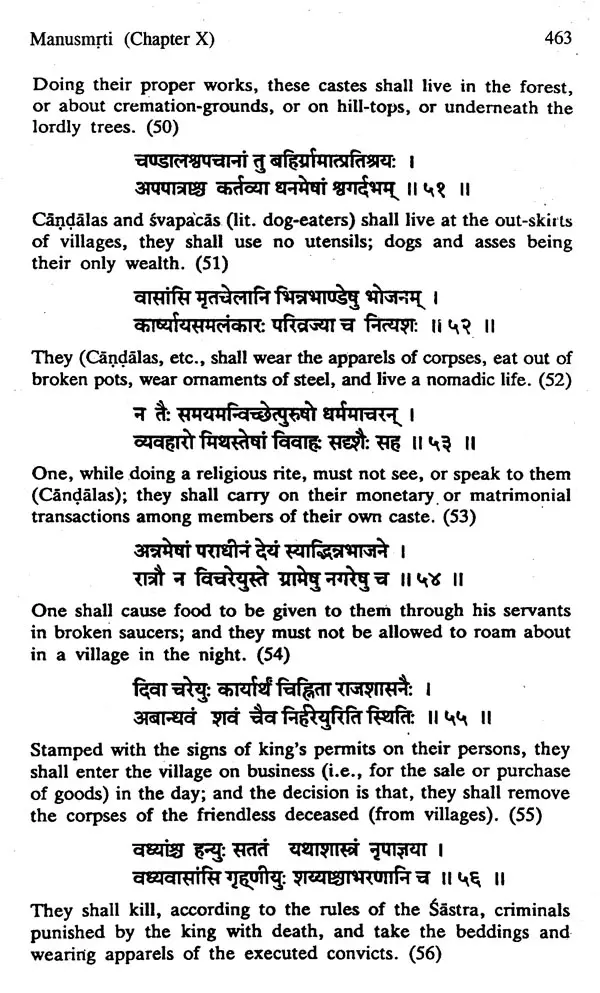

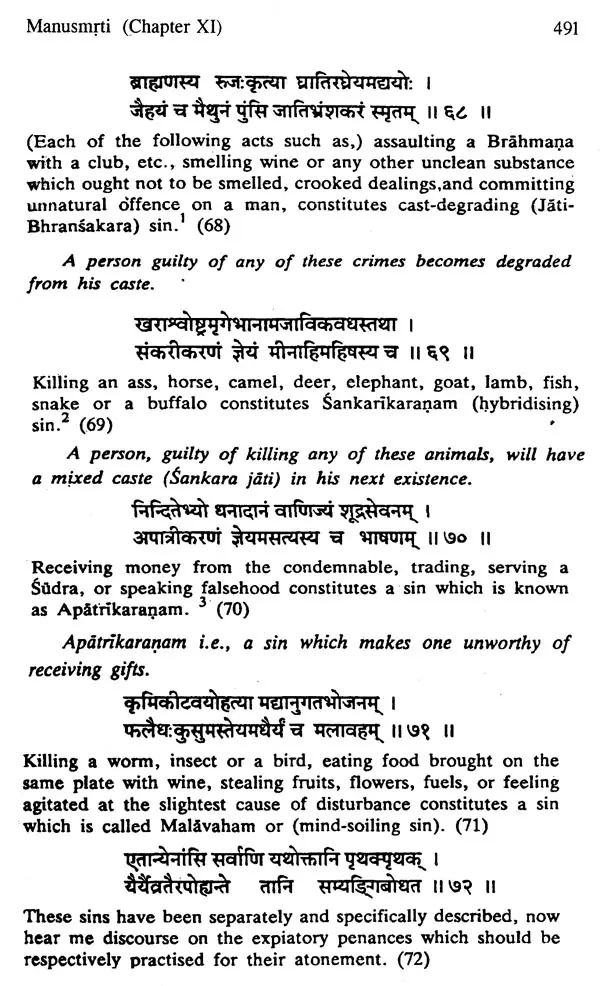
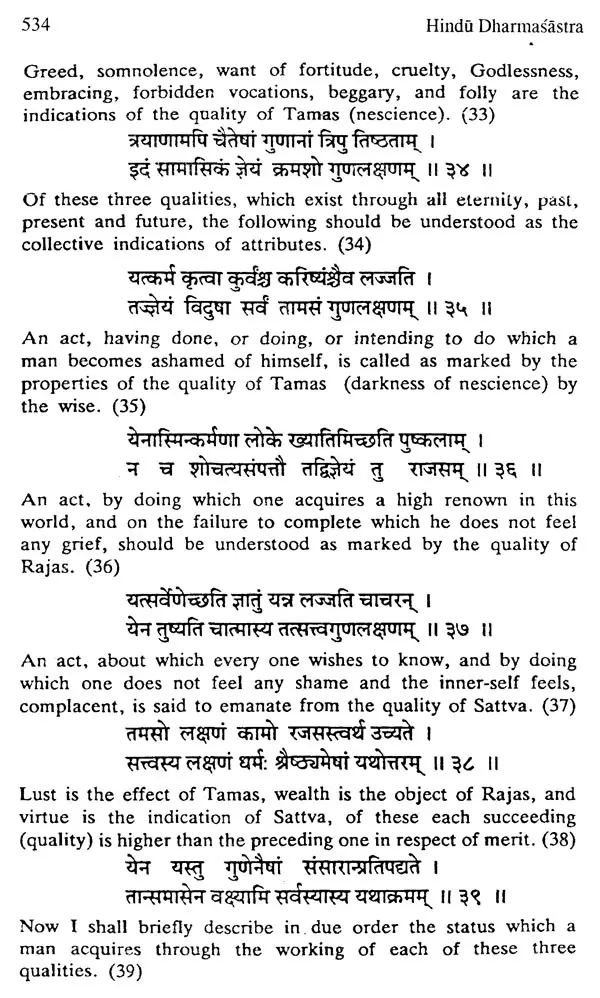



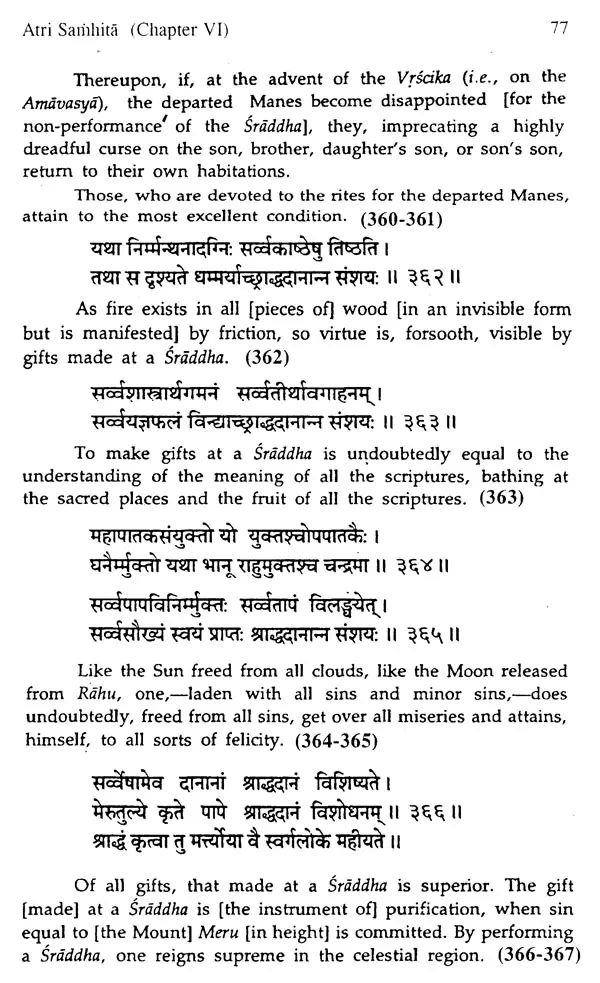


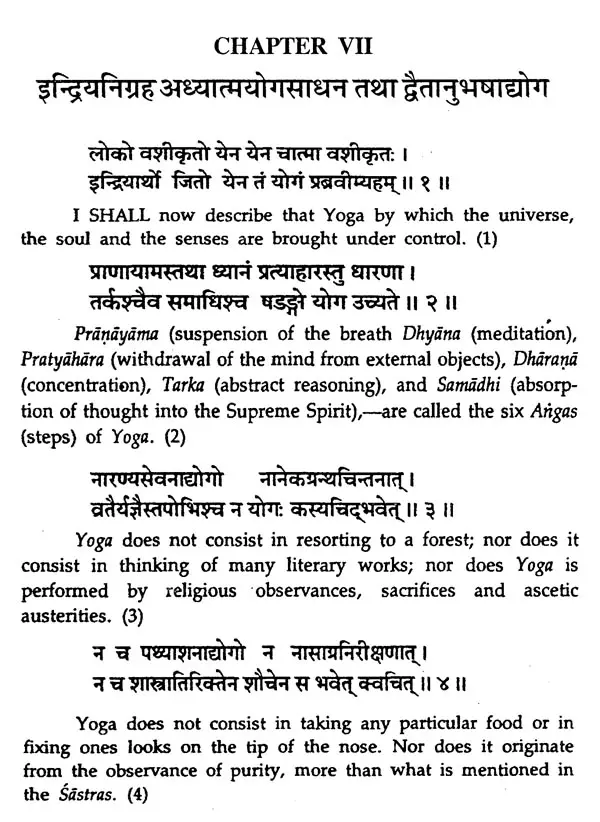

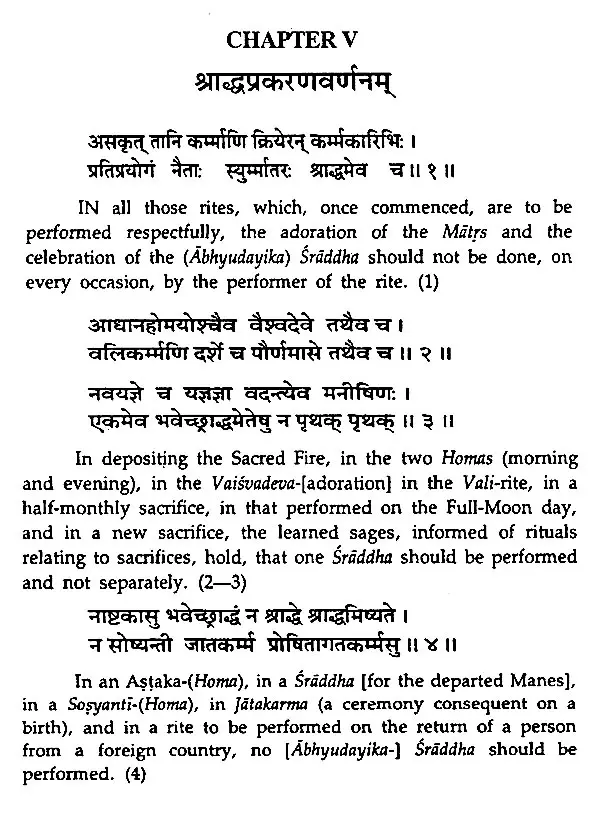
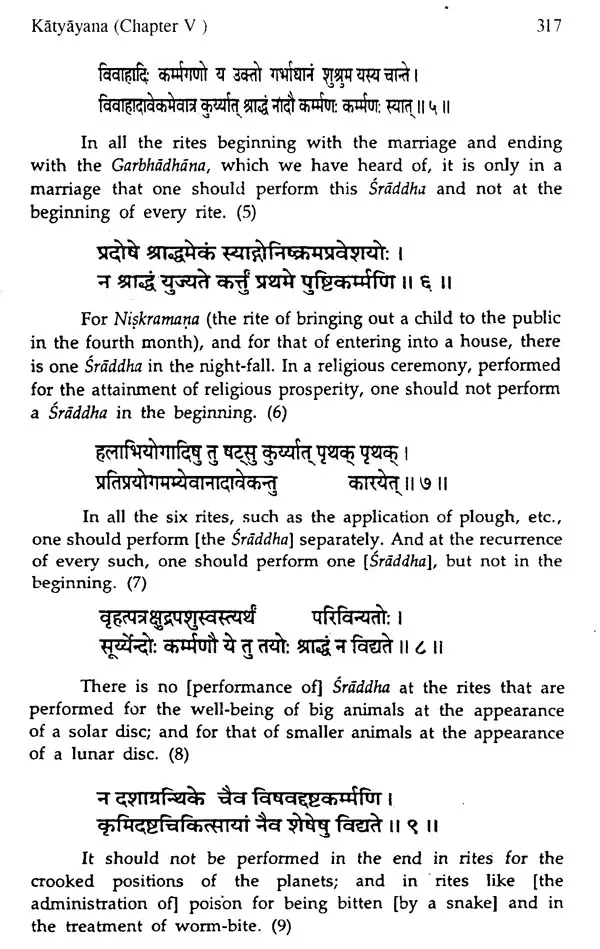
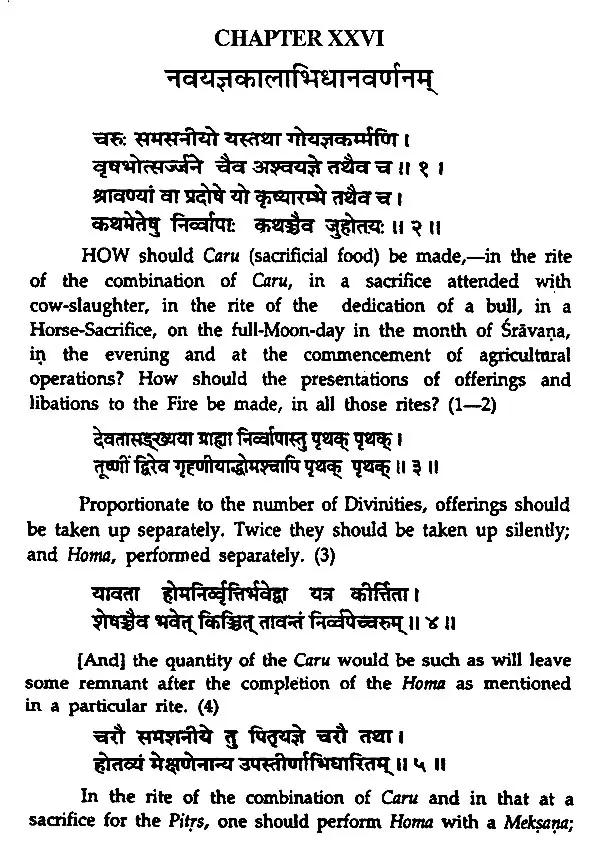
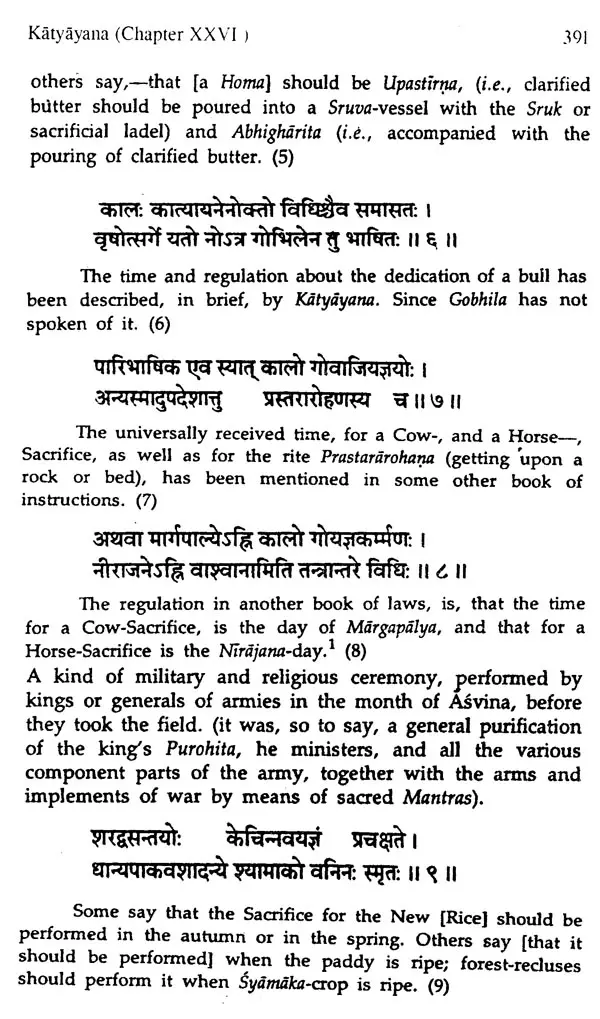
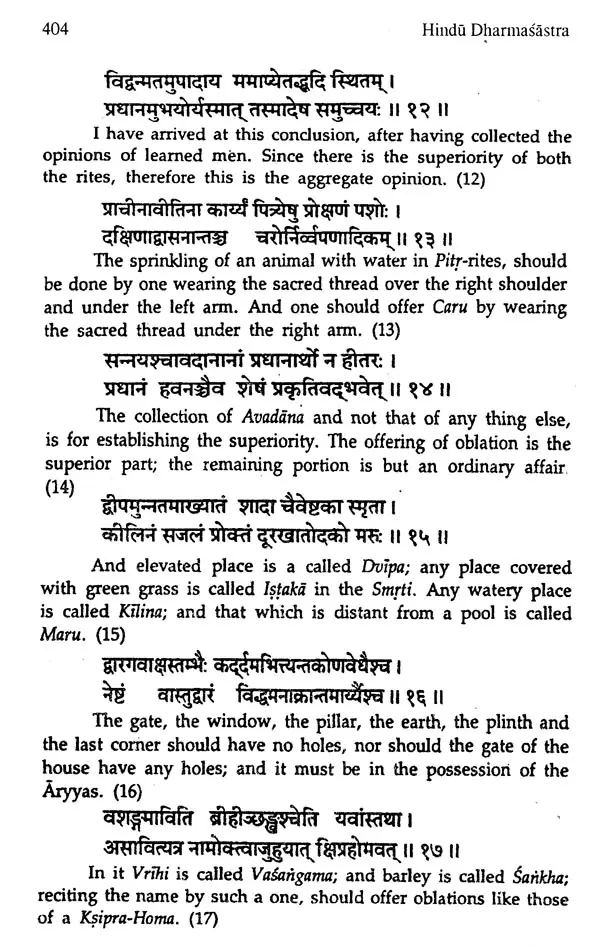


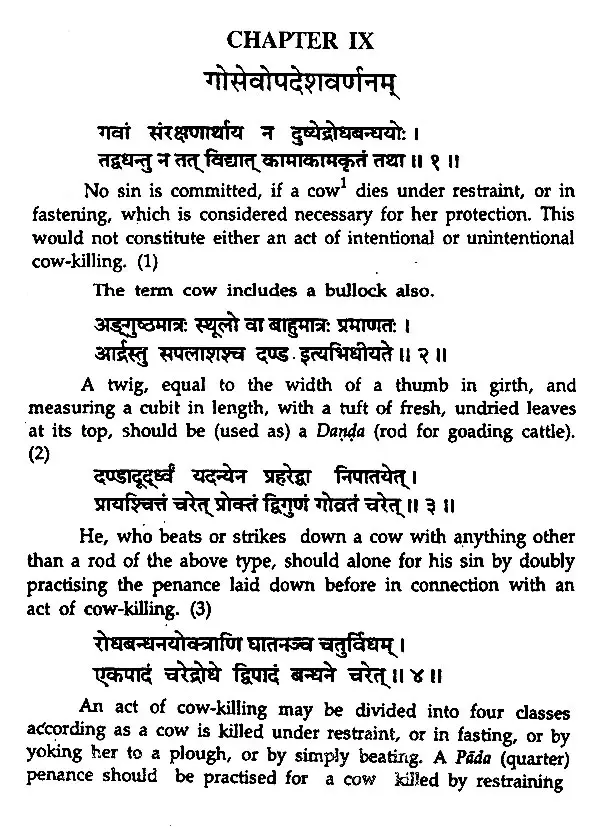

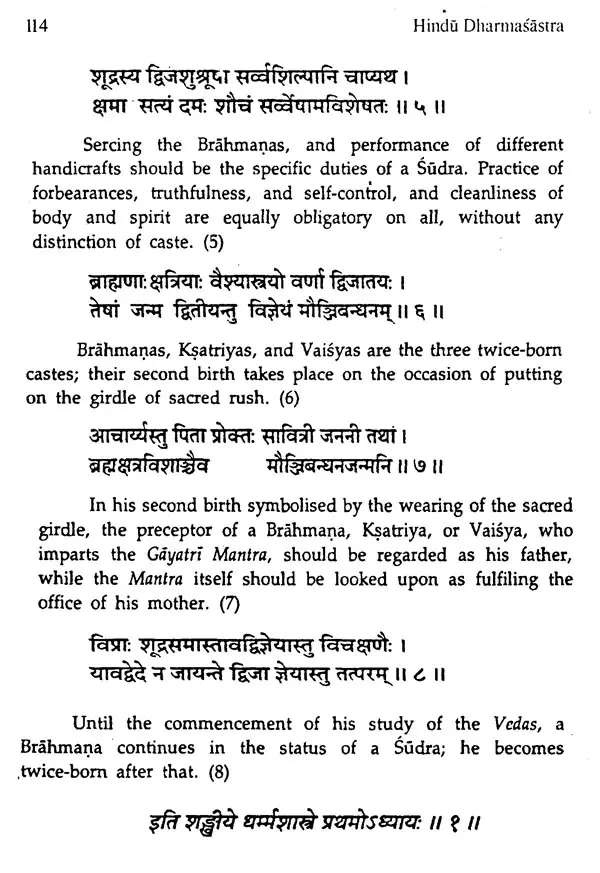
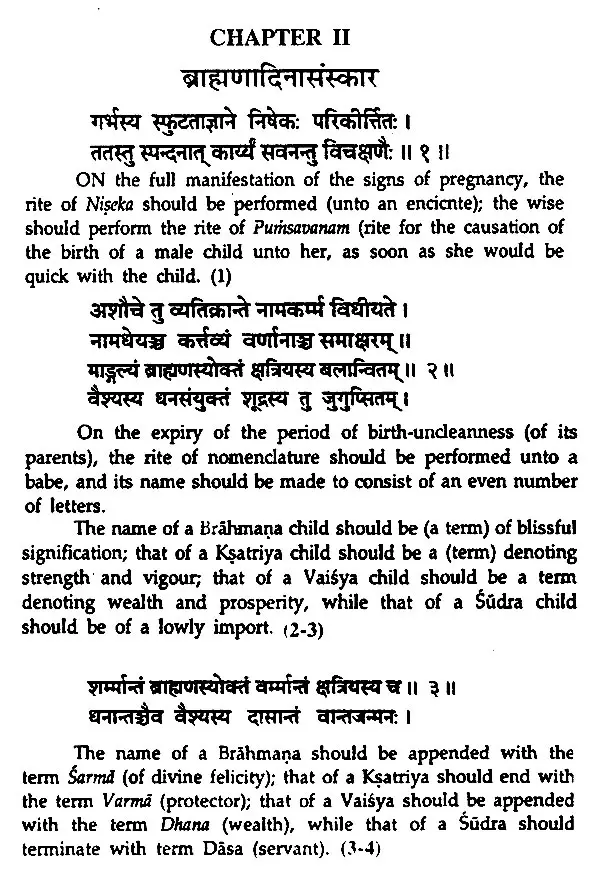
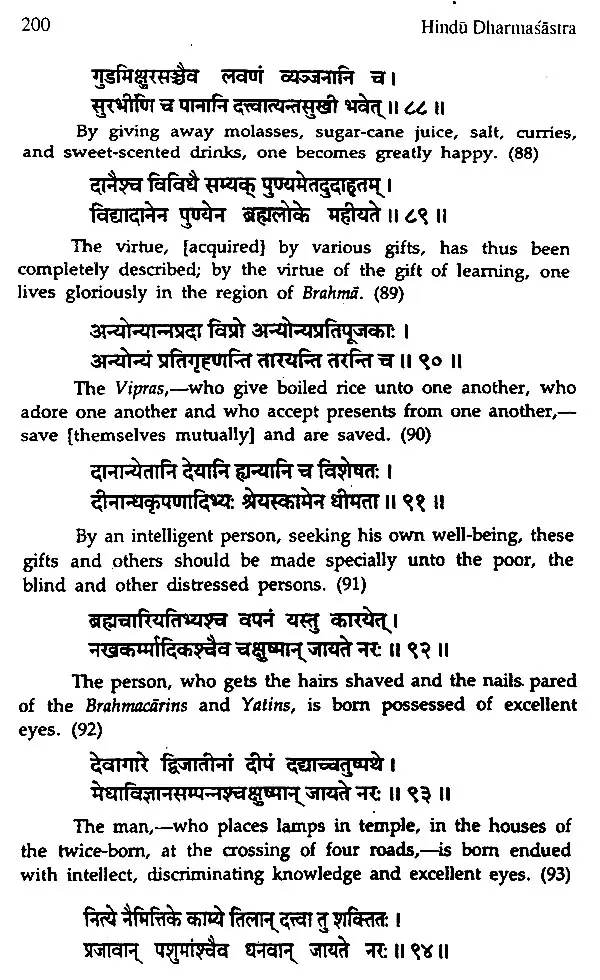

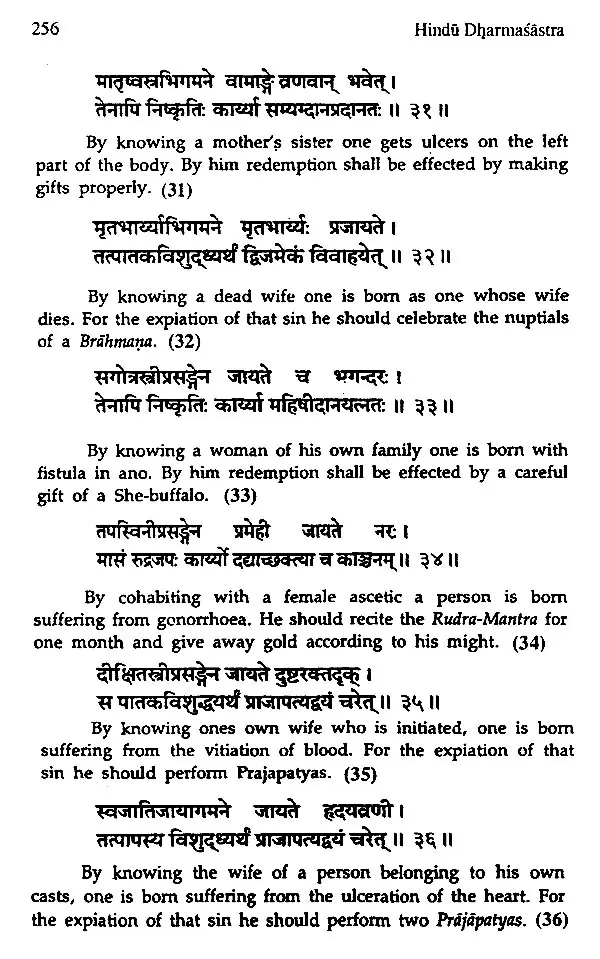





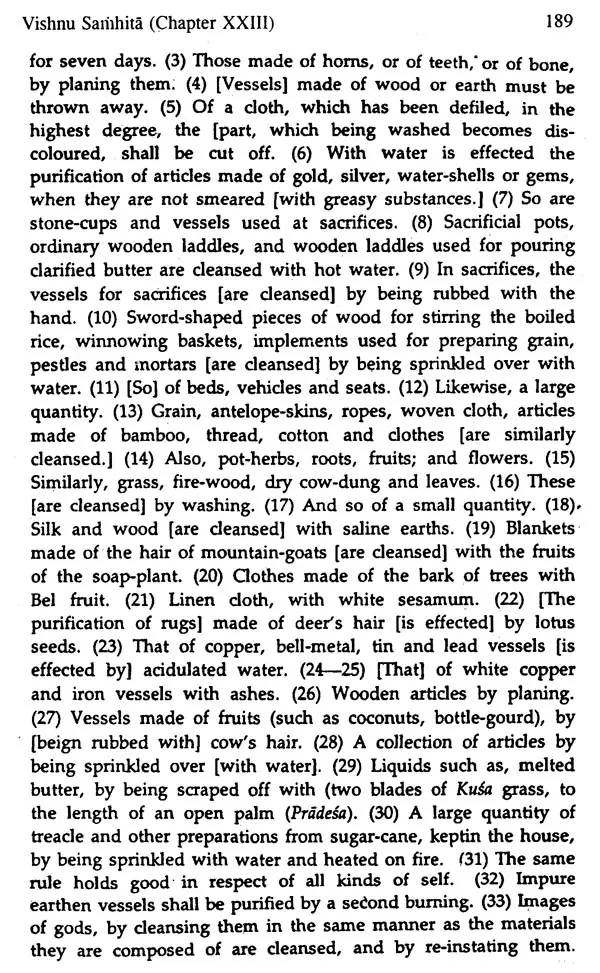
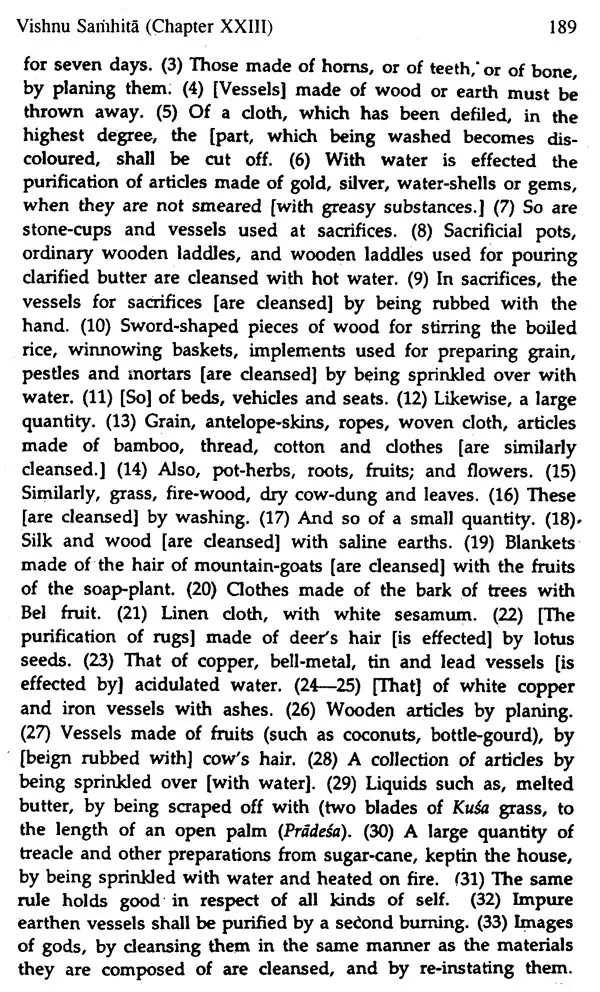
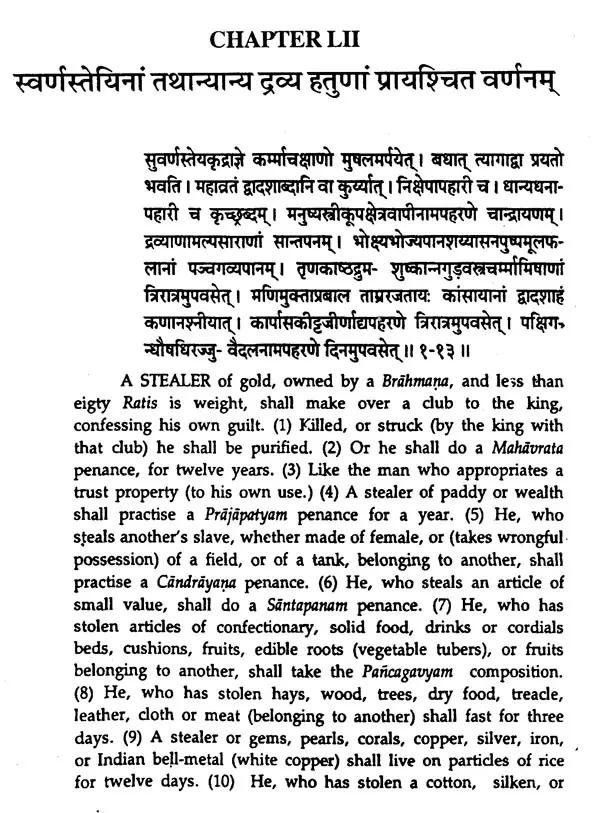
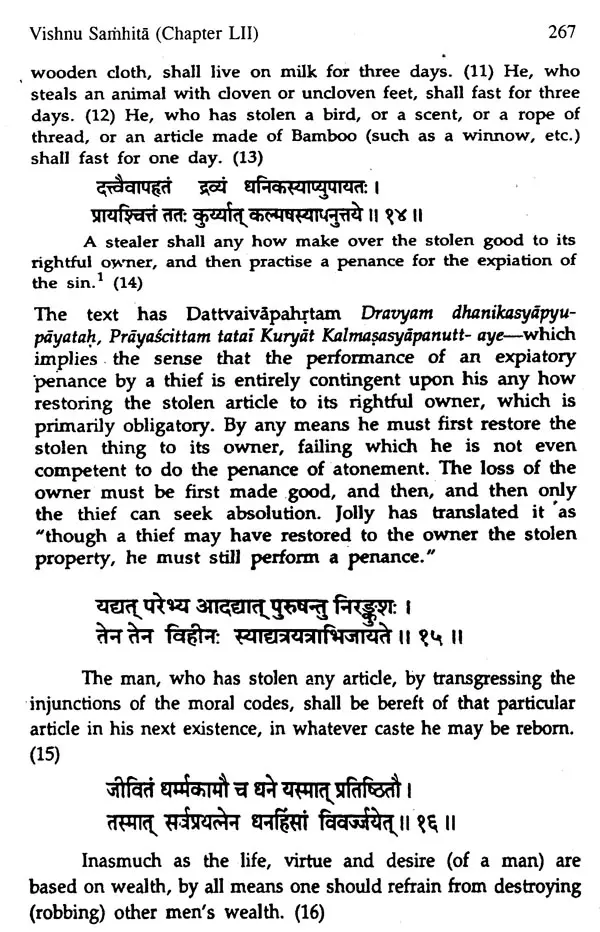

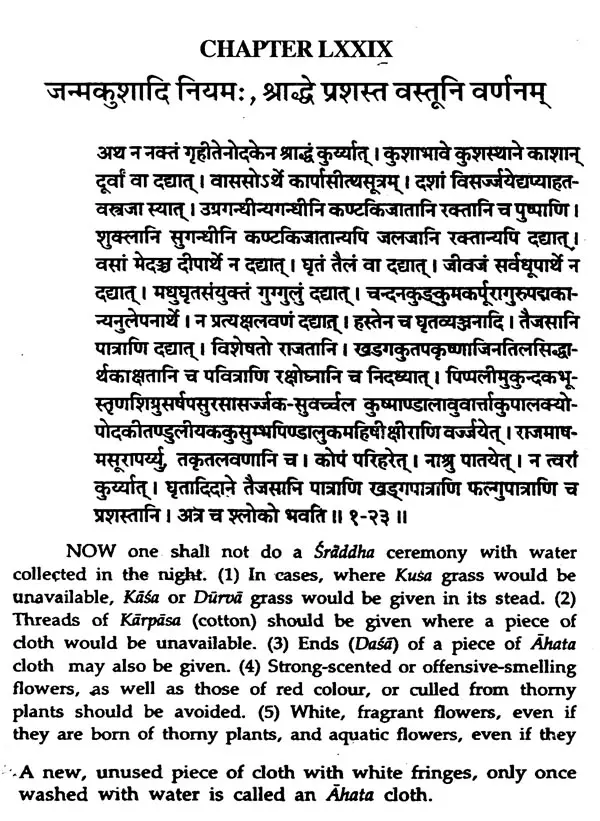


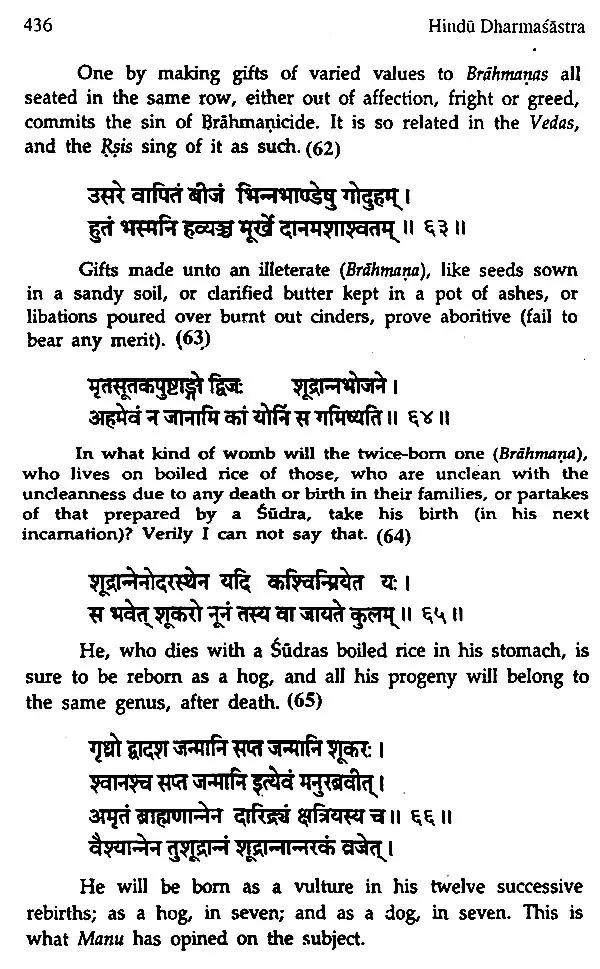
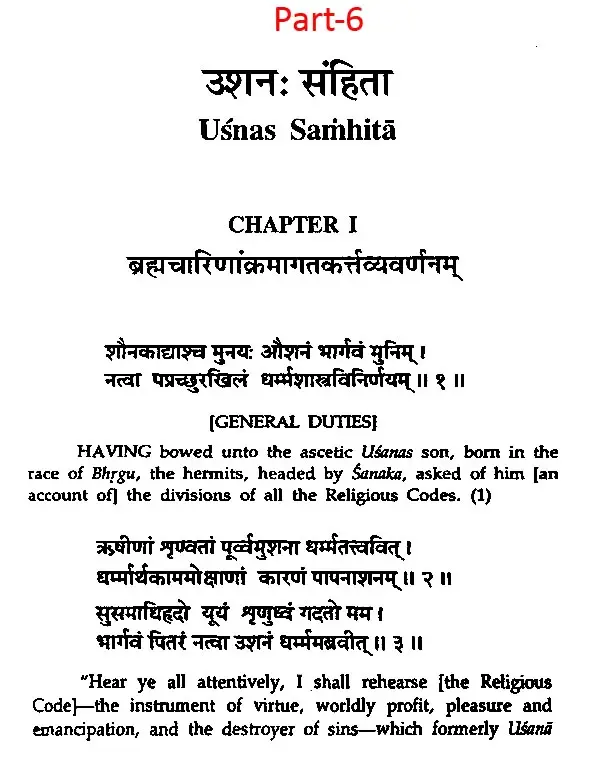


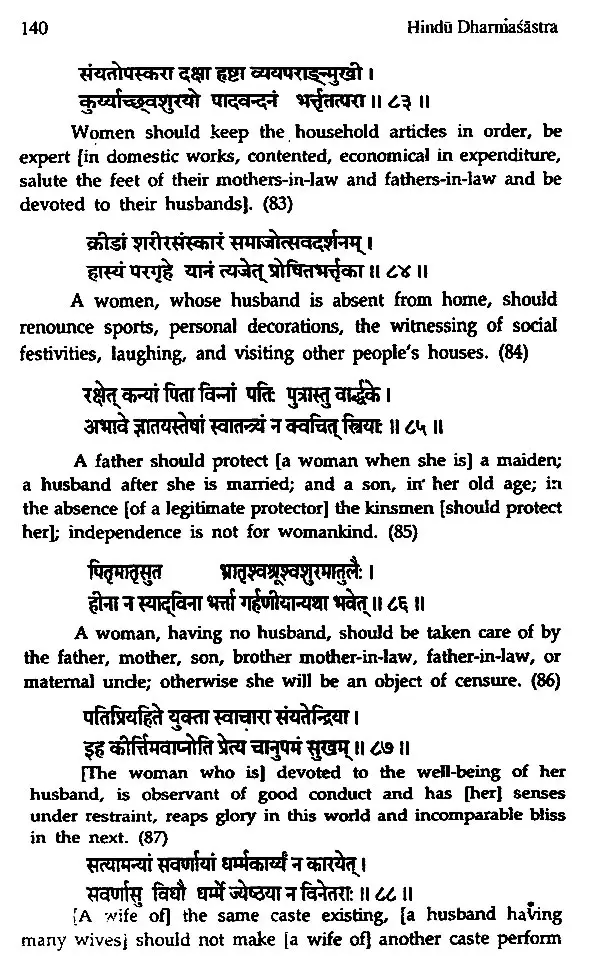
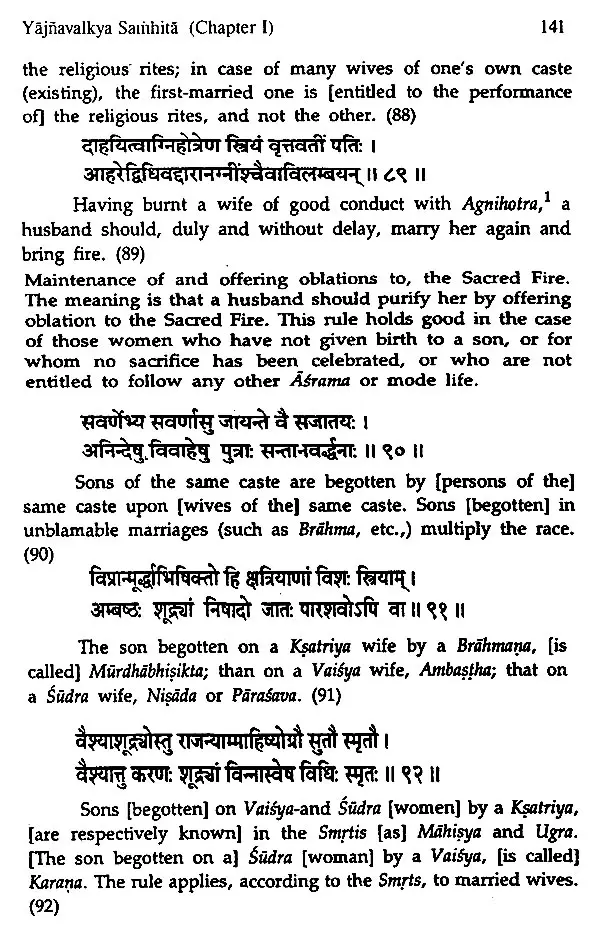






Delivery and Shipping Policy
- INTERNATIONAL SHIPPING
- Rs.1000-1100/kg
- ESTD. Delivery Time: 2-3 weeks (depending on location)
- Bubble Wrapped with Extra Padding
- NATIONAL SHIPPING
- NCR: Rs. 30/half kg
- Standard: Rs. 80/half kg
- Express shipments also available on Request
- ESTD. Delivery Time: Ranging from 1-4 days up to 7 business days (Depending on your choice of Delivery)
- TRACKING
- All orders; national or international, will be provided with a Tracking ID to check the status of their respective orders
- Depending on the Shipping Service, Tracking ID may be used on their respective tracking portals
Frequently Asked Questions (FAQs)
Domestic Shipping: 3-4 Days (after shipping)
International Shipping: 1-2 weeks (based on your location)
You will receive an email once your order has been shipped or you can email us if you didn't receive tracking details (info@mlbd.co.in)
Every book that we sell is the latest edition except all the rare books
Yes, we do provide free shipping, only on domestic orders (within India) above Rs.1500

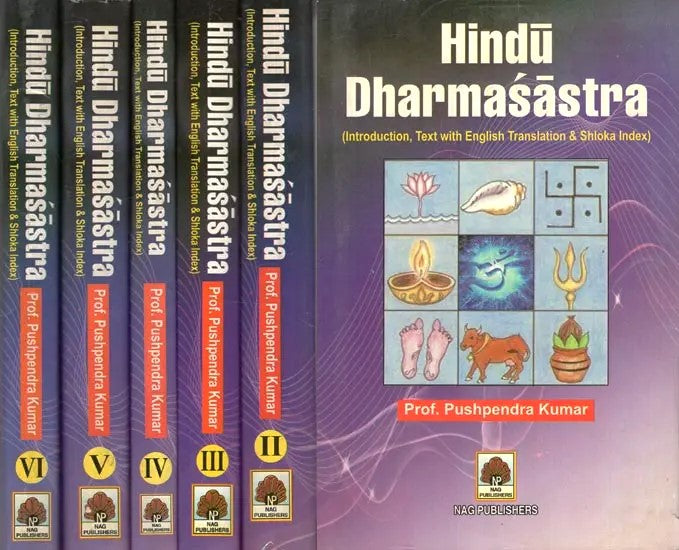
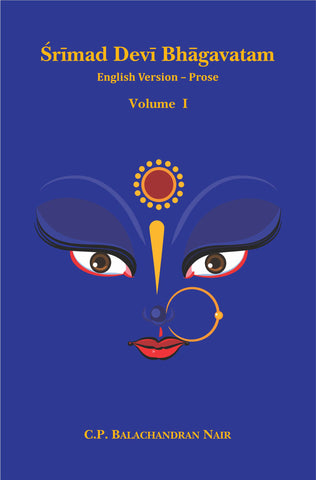
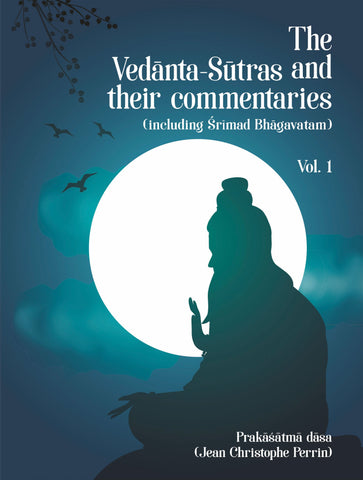
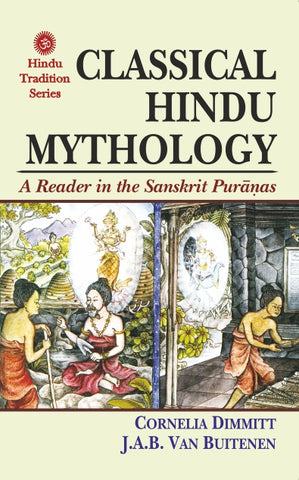
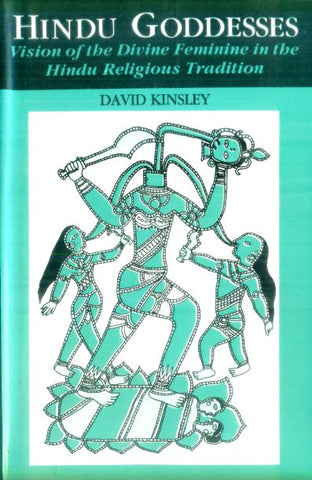
![Advaita Vedanta mein Gyan evam Bhakri : Darshnik Vimarsha [Knowledge and Devotion in Advaita Vedanta : Philosophical Discourse] by Dr. Satyakam Mishra and Dr Karan Sigh](http://www.motilalbanarsidass.com/cdn/shop/products/ADVAITAVEDANTAMEGYAN_large.jpg?v=1675408211)
